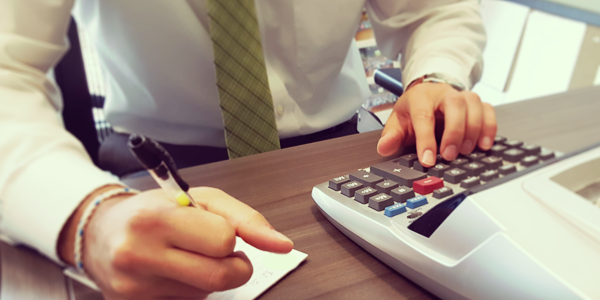
I have been working in the product development and asian manufacturing industry for several years now and I frequently get requested from our clients the following: “Can you tell me what will be the cost of my product if we develop and manufacture it”.
Those people who come to me, generally have nothing else than just a few scheme drawn on a piece of paper or sometimes luckily made a few 3D rendering of what they hope to build.
Their request is legitimate because indeed, unless you plan to target a very special niche market or to position your product at a high end level, there is no use to develop and attempt to manufacture a product if your product is going to be over priced face to the competition.
Well the simple answer would be to sum up all the costs required to manufacture your product.
Let’s take the case of an electronic product. Let’s look at what it is made of and to try to understand where the costs are coming from:
A./ ELECTRONIC PARTS COST
B./ MECHANICAL PARTS COST
C./ ACCESSORIES COST (I will not talk about this one because in this blog post becaue this is very basic and obvious)
D./ PACKAGING COST (I will not talk about this one either in this blog post)
E./ FINAL ASSEMBLY COST
F./ LOGISTICS COST
G./ MARGIN PILLING UP TROUGH THE SUPPLY CHAIN AT EVERY PROCESSING STEP (SINCE EVERY PROCESSING INVOLVE A STAKEHOLDER, EACH OF THEM WILL HAVE TO EAT A BIT PART OF THE CAKE)
Let’s take one by one each categories and enter into details:
A./ ELECTRONIC PARTS COSTING
Usually there are two or three types of elements to consider when trying to calculate electronic part costing:
a./ PCBA (Printed Circuit Board Assembly)
This is the backbone of the electronic product. It hosts components and ensure connection between them. It is made of two types of sub-entities:
1./ Electronic components cost
Electronic components are selected based on functions they can achieve to fit with product specifications. For each functions to achieve you may have hundred or thousands of components who can probably achieve this function. There are plenty of references, and there are also plenty of components manufacturers so your choice is usually large. You have first to select the manufacturer of the component (there are plenty for basic function) and then inside this manufacturer catalog, you have to select the proper components (because they usually have several components who can achieve the same functions but those components have technical specifications variations..)
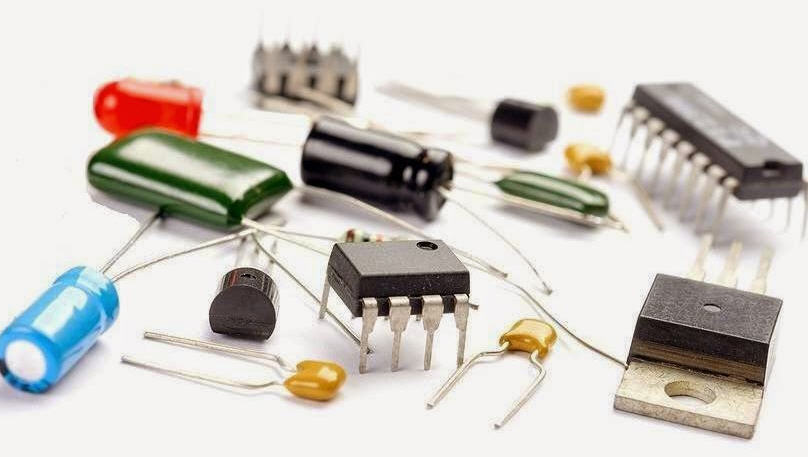
The game then to optimize product cost is to refine smartly the selection of components in order to achieve the required functions while not overpaying for other functions on this same components which you don’t need.
Is it quick to select components properly ? Usually, not really. A full process of refinement can take several day or sometimes weeks to optimize cost while not sacrificing performances to choose which components will be used. Only looking at a chipset family such as a microcontroler allows you to see that for a model type you get sometimes more than 200 references of it making the price to go from simple cost to ten times. Over those 200, somes are priced 1 USD and other are priced 10 USD. Which do you need in your product ? This is the question…
The process for components selection is normally quite time consumming and is part of what we call “Electronic Architecture System Engineering”. This is the part of the electronic engineering where we are going to investigate which components should be used to achieve a certain functions under requirements. This is usually handle by a project manager and a hardware engineer.
2./ PCB (Printed Circuit Board) cost
Printed circuit board is the board that host all the components and allow to connect them all together so the system can run properly. You have to differentiate PCB which is a bare board without component, and PCBA which is a PCB board including components, the “A” in PCBA stand for “Assembly”
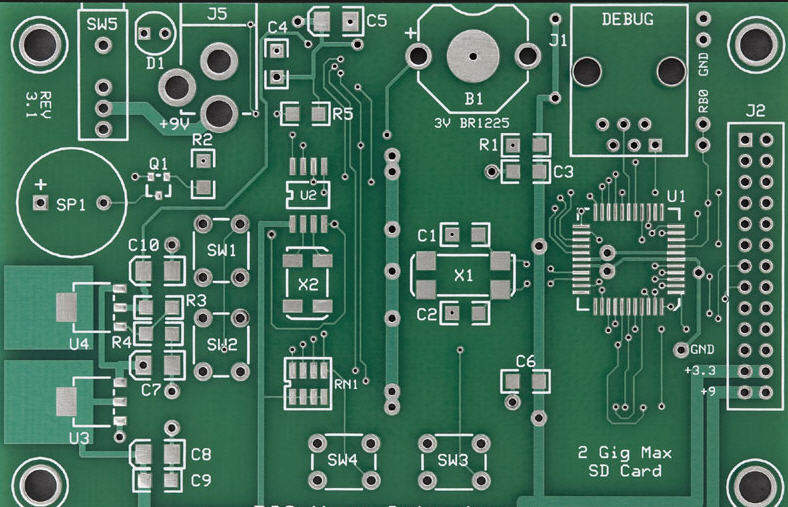
The cost of this elements is varying based on many criteria: size of the board, number of layer of the board, finishing, accuracy required, materials used, certification requirement, number of hole required, etc… To know all those parameters with accuracy you should normally have already achieved PCB layout for your PCB. To achieve your PCB layout you need to know which components you are going to use and how they will be placed on the PCB, so the component identification should have been done already.
To be able to quote a PCB board, a manufacturer will need to have the PCB layout in hand. So if you don’t have this file in hand, the quote will be roughly done.
3./ PCB Assembly cost
You have your PCB board one side without components, and you have your components on the other side without PCB board. Now you need to assembly them together, so all the components can be connected.
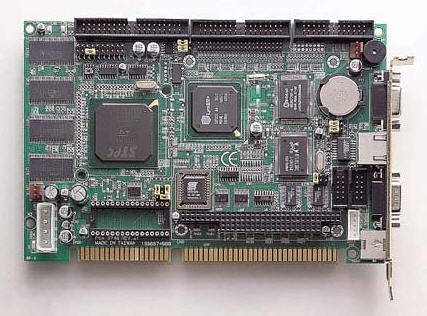
There are different process possiblity to achieve this assembly phase:
- SMT process: This process is the most commonly used and it is handled by a succession of sub-processes (I will explain in a future post the detail of each sub-processes):
- Process 1: PCB solder paste spilling (made by operator)
- Process 2: Component pick and place positionning (made by a pick and place machine)
- Process 3: Reflow oven processing baking (made by a reflow oven machine)
- Process 4: Quality control + testing (made by operators + machine)
- Process 5: Fixing and reparation (quite often made by operator manually)
- Through hole process (also called DIP): This process is adapted for components who have long legs and the sub-process are usually the following:
- Process 1: Component placement into hole (made manually by operator)
- Process 2: Soldering “ither in automatic way using a tin bath or made manually)
- Process 3: quality control + testing (made manually by operator usually with a jig or fixture)
- Process 4: fixing and reparation
To quote PCB Assembly cost, you need to have the bill of material of the electronic already done, with associated packaging and subsequent number of legs of each components so you can compute the cost of assembling each components on the PCB.
In your PCBA cost you then need to add components cost, PCB cost and this PCB assembly processing cost.
Now let’s wonder “Is it possible to anticipate cost of PCBA before starting the design”, yes probably but not without investing a certain amount of time to perform some researches to define which components will be used to achieve each functions of the product, what will be the estimated siwe of the PCB to use, and how much will be the cost of the assembly processing.
We call this activity Electronic System Engineering and it is usually part of our Feasibility Study and Cost Analysis Services.
b./ ELECTRONIC PERIPHERALS
Electronic peripheral are usually electronic components or electronic parts which are used to interact with user. Those components are not necessarily included on to the PCBA, they can be on wire or connected to the PCBA via some flex pcb. They can take the form of sensors, actuators (speakers), display, antenna or any other elements which allow the user to give some order to the system or to receive information from it.
Here again, can we expect the costs of those parts to add them up in the total, yes as long as you have identified those parts early on, which again takes time because the same way you made it with electronic components, you will face many different kind of manufacturers for those parts with many references of parts for each manufacturer you choose.
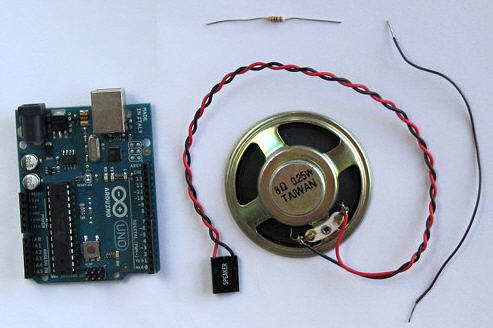
The game to achieve a reliable costing for electronics is you are creating a puzzle which you have to wisely identify each pieces, and you have to make sure all those pieces can fit together properly so the system can work properly. So, to the question “Can you estimate the cost of my electronic into my product without having made some deep research ?” my answer is usually : “Not really”.
B./ MECHANICAL PARTS COSTING
This the skin of your product and you need it anyway to protect the electronic from outside elements. Those mechanical parts can be in plastic, metal, rubber, ceramic, carton, glass or whatever you like.
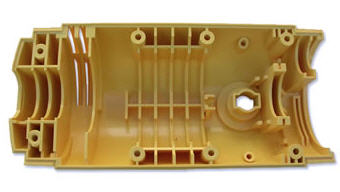
Usually there are two or three types of elements to consider when trying to calculate mechanical part costing:
a./ Raw materials
Very frequently price of a mechanical part will vary based on material used and grade of those materials. In China, you can find a very diversified range of raw materials grade form the lowest range of entry market to the highest for high end product. Most of materials used in electronic product are metal and plastic.
Price of plastic can very highly. Take a chinese plastic and an american one and you will see a huge difference in price. when choosing a plastic you really need to take in consideration what constraints you have so the plastic brand and grade can be adapted to the specifciations. For example, you shoudl choose a different plastic if your product is supposed to be submitted to harsh environment in an industrial or automotive application, versus a cosummer product.
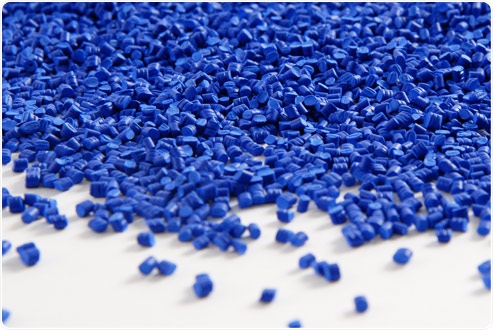
For metal materials, you really need to pay attention to the grade used because for example a stainless steel 304 is not same than stainless steel 316. Some may rust and get alterated by corrosion faster than the other.

To compute the cost of part related to materials, you need to know how much material you are going to consumme, this is usually calculated using the volume of the part. If you have not established yet the 3D CAD of your parts, then you don’t know the volume of it, hence you can not know the quantity of raw material you need to make this part.
So, to the question: “Can you estimate the cost of the part of my product without having a CAD file ?” my answer is usually : “NO”
b./ Materials processing
Shape, and geometry complexity to transform raw materials into desired parts is an important point of care of when calculating price.
As it require labor cost and machine cost, it is not free. Machines may consume electricity highly, labor salary is not that cheap anymore, and if you want a proper quality control to be done on your part, you should make sure that corners are not cut on this…which means that extra labor cost should be made.
I will not talk about all the different kind of material you can find because it is too much exhaustive, I will only talk about the two most common one:
1./Plastic
There are different way to shape plastic, but the most common one is to inject it because it allows to make some complex shape at low cost. Plastic injection is very commonly used in China. Normally in this processing cost, you have to consider the time it takes to produce the part, the times it takes to setup the machine for your production, the time it takes to inspect the parts, the waste produced for each batch (as there are always some defectives which get rejected), and all the other cost (such as the electricity consummed by the machine).
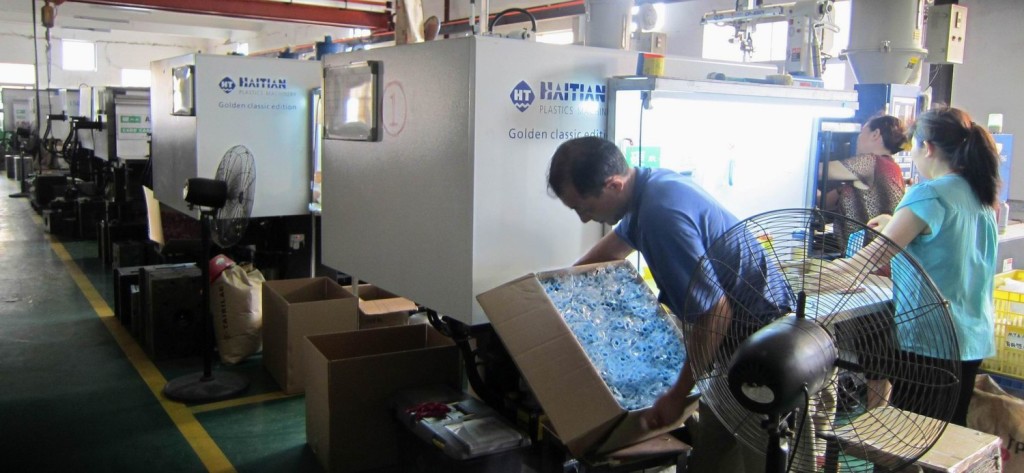
The cost of your parts may also be influenced by the number of cavities included in your tooling because it indirectly influence the time necessary to produce a part per unit. Example: If your tooling host 10 cavities and your injection time is 10 seconds, then it means that every 10 seconds you are producing 10 parts, so the time necessary to produce one part is 1 second. However, if your tooling is hosting 1 cavity, then every 10 second you are creating one part…. So the time per part to produce is higher, hence the unit cost of your part is also higher.
2./ Metal
For metal parts, there are several manufacturing technics that can be applied, but most of them are usually in 3 categories:
- Stamping: this is the action to punch a sheet of metal with a press and a tool so the sheet of metal is cut and folded based on the shape we want to achieve. one of the most used technic is called progressive die stamping where a stip of metal sheet is moving forward one step by one step in a tooling where each step is performing one specific action. Most of the metal part you find in our daily life are made this way (connector legs, etc…)
- Casting: this is a process a bit similar to the plastic injection process where some hot liquid metal is injected into a tooling (but vertically). Once the metal cool down, the part is unmolded from the tooling giving a metal part with the desired shape. In another article I will discuss the advantages and draw back of using casting.
-
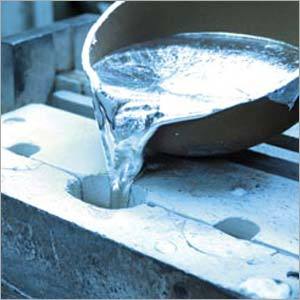
Metal casting is a process of molding metal in a tooling similar to plastic injection (roughly)
- CNC Machining: This is a process where a block of metal is cut with a special tool, so the block can become the part with desired shape (the case of macbook are done this way). This is usually the most expensive process of the three processing presented here because all the parts are made one by one very slowly.
In any case for all those process there is a certain cost which is associated with machine cost usage and labor cost.
Of course the price of a parts is subsequently adjusted based on the labor cost needed to transform the material into parts via machining or hand making.
Normally, to get an accurate costing of a mechanical part, you need the user of the machine which is going to process raw materials to analyze the part specifciation accurately so that it can determinate the volume of material needed to be processed, the labor time necessary to transform the material into parts via machining, analyze defective rate over a production, and take in consideration wasted material . To do so, they need a 3D CAD file which they will use as data input to perform this analysis.
So, can we estimate the cost of a part accurately without having the mechanical design being done? I usually would say “not really”, the best that can be done is a rule thumb or by random guessing. It is extremely difficult to evaluate the cost of a part without having a drawing or somthing with date.
C./ FINAL ASSEMBLY LABOR COST
Once all the parts are manufactured (of course some labor cost have also been included in the production of your parts to transform raw materials into parts.), you still need to assembly all those parts together to make your product to become real, you have to perform quality control, and you have to package them. All of this require labor cost again.
a./ Assembly cost
Frequently, labor cost included in a product is directly dependant on the time it takes to make the product.
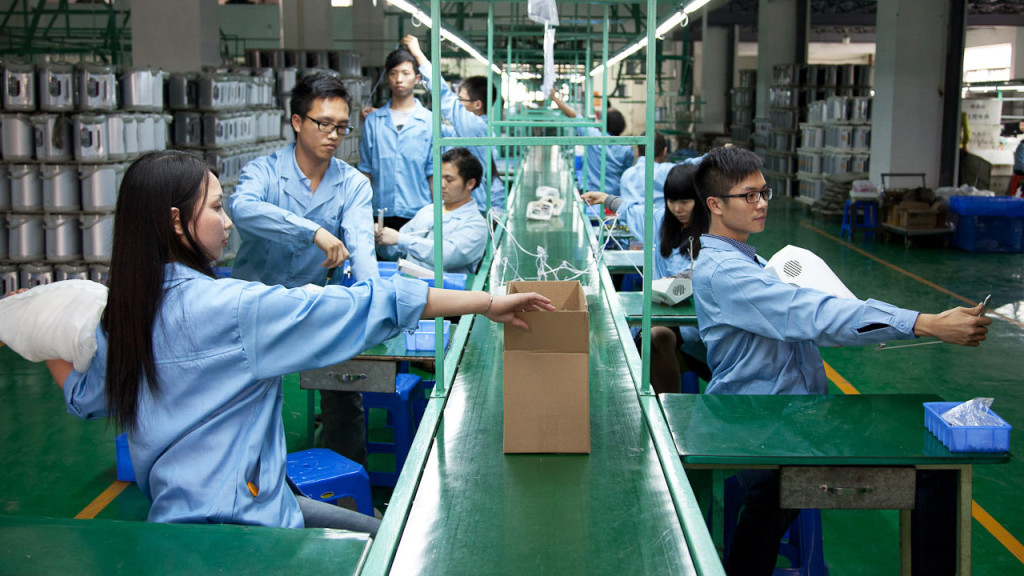
For example, let’s say you have not optimized your design: your product count 10 mechanical parts to assembly and it takes 10 seconds for each steps, total 100 seconds to assembly your product.
Now let’s say, I take back your design and I optimize your mechanical design by performing DFM (Design For Manufacturing) and DFA (Design For Assembly) process, so it allow me to reduce as much as possible the number of parts to assembly: Now you may have only 5 parts to assembly instead of 10 and it still takes 10 seconds. Total assembly time: 50 seconds instead of 100 seconds. I have directly reduce your labor cost by 50% just by optimizing your design.
The assembly cost can also incldue packing activities. If your packing is complicated, have a lot of elements to include in, then your cost will rise.
b./ Inspection cost
If you work with a serious manufacturer, then the inspection and quality control process should come at different steps of the manufacturing:
1./ At the beginning via an IQC (Incoming Quality Control) of the parts which are entering warehouse to make sure non defective parts are assembled later on.
2./ During the production via an IPQC (In-Process Quality Control) to verify that product is assembled properly on the production line and to catch mistake early.
3./ At the end of the production via an FQC (Final Quality Control) to verify the product is indeed assembled properly. This quality control can also include some testing (functionnal testing, aging testing, etc…).
If they are really serious and organized, they will also:
4./ Inspect parts of the product before they get shipped from the sub-supplier (mechanical parts manufacturer, PCB, components, and PCBA manufacturer) to their warehouse. This can be done via Pre-Shipment Inspection or a During Production Inspection
5./ Inspect again via a Pre-Shipment Inspection on themselves on product they have manufactured for you before shipping the goods.
All those activites are time consumming in labor cost and require skills, (not just some basic workers), so it remains a cost.
Sometimes, some manufacturers will cut corner on those procedures to reduce their cost while keeping margin acceptable, allowing them to offer an unbeatable price to their customer who get attracted by it. Unwise buyer will be quite often seduced by a low price but will not really understand how this low price can be achieved.
Can we compute accurately this Final Assembly cost without having design being done ? I would answer, that even with only design being done it will be difficult to estimate assembly cost, because design is only virtual and not physical.
What we usually need to establish pricing on this activity is a reference sample in hand with all the parts which will be assembled, having a clear list of all the test and quality control that will be done.
The reference sample is of course the fruit of the engineering, since without engineering and design done, you can not establish a prototype.
D./ SUPPLY CHAIN MARGIN COST
Finally, if you analyze properly your product cost you will notice there are still some extra cost on the top of parts, components and labor.
Those costs are profit margin taken in the supply chain by the differents stake holders who are involved in this chain (yes, everybody need to eat a part of the cake because nobody work for free).
There is no general law to predict how much each stake holder will take at different steps of the process, but what is sure is you have to pill them up to complete your product cost estimation at the factory gate.
E./ LOGISTICS COST
You have taken note that in the product fabrication chain (supply chain) of your product involves several stake holders. Guess what, hey are not working in the same room. Some of them are located potentially several thousand kilometers from each other. Materials, parts have to be sent from one supplier to the other to be processed or assembled, in China this is usually made by truck. Those trucking are not free and have to be taken in consideration in the price cost of your product.
How to know those costs ? Well you need to know the stake holder first and where they are located, once done, you have to compute all the link between each other and compute the cost for trucking, loading, unloading and you also have to take in consideration that goods or parts may be damaged during transportation (because it quite often happen in China !!).
Conclusion
Estimating the cost of a product not existing yet without having no engineering done is not very easy, rarely accurate and quite time consuming.
I summarize this part with the following scheme for you to understand fully:
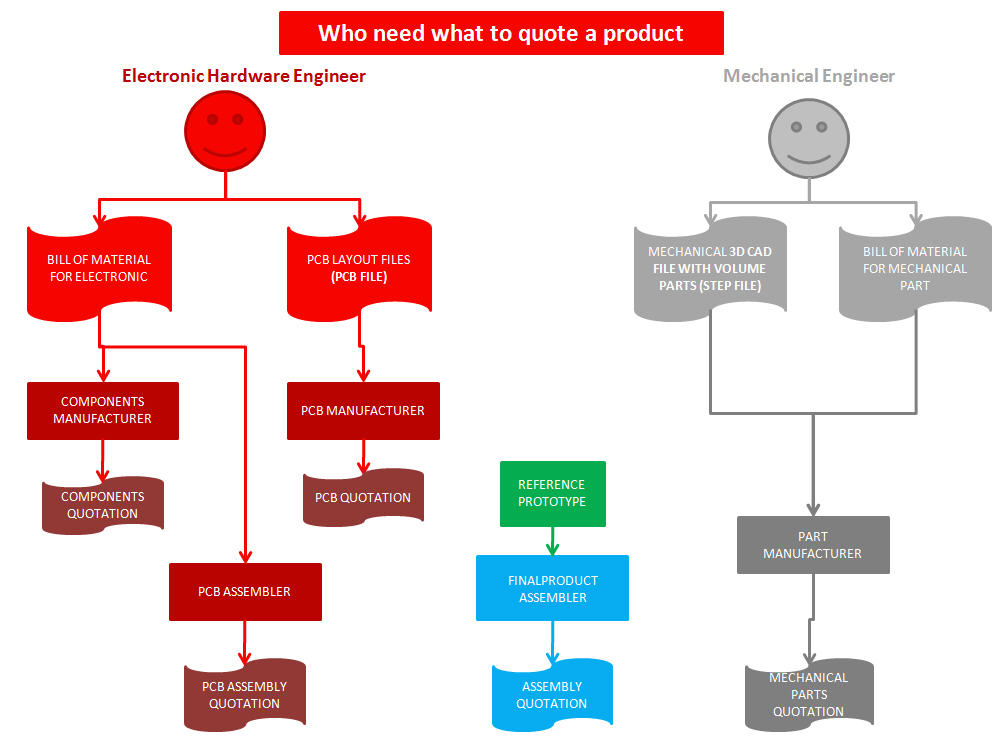
When I perform some Feasibility Study and Cost Analysis I usually success to fall within -/+10% of the real cost of the product to design and manufacture. To do this, you need to have an extensive and broad knowledge of all the supply chain, understand very well electronic parts, manufacturing process, and logistics.
Feasibility Study may take around 2-4 weeks depending on the complexity of the product and it usually consume time of a project manager, an electronic hardware engineer, a mechanical engineer, a procurement manager.
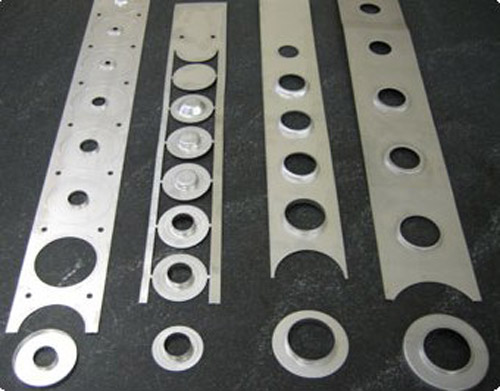
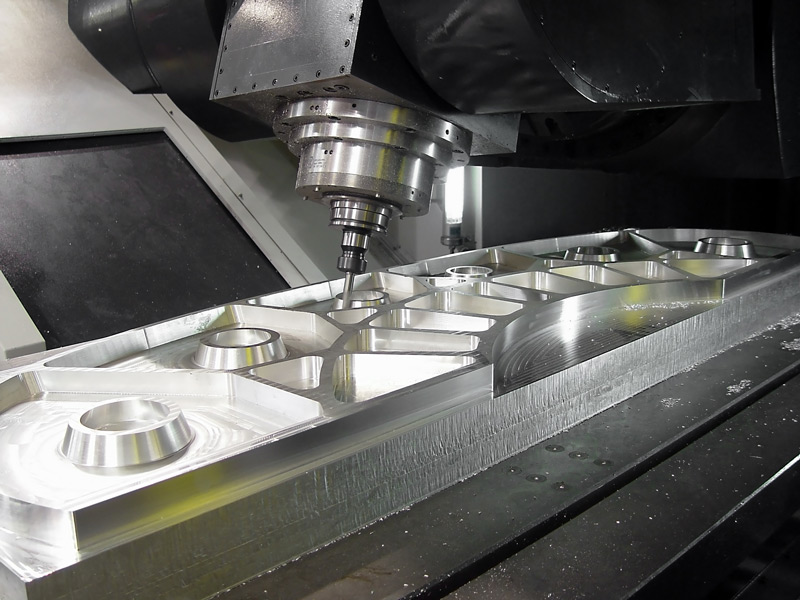
Leave a Reply